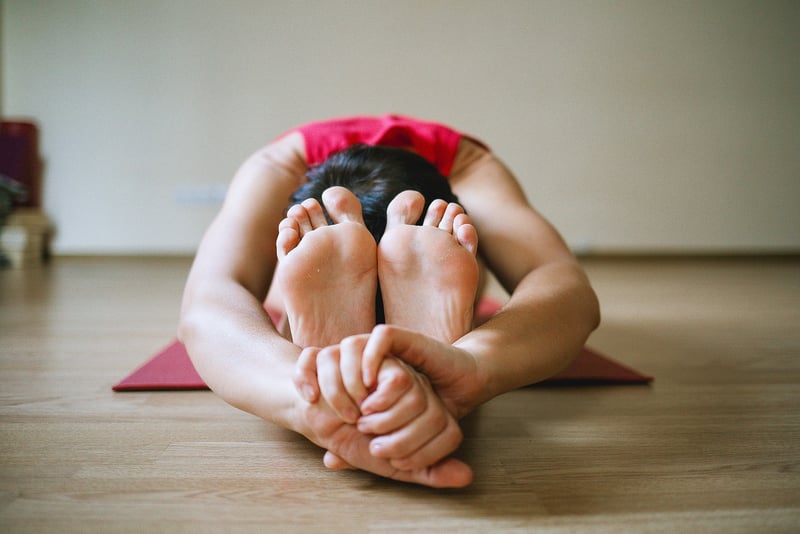Physical Alignment
Exploring the Mind-Body Connection and Physical Alignment
Our bodies are incredible machines that respond not only to physical stimuli but also to our thoughts, emotions, and mental well-being. The mind-body connection, a concept deeply rooted in ancient practices like yoga and meditation, emphasizes the profound impact our mental state can have on our physical health and vice versa.
The Mind-Body Connection
Research has shown that stress, anxiety, and negative emotions can manifest as physical symptoms, leading to a range of health issues such as headaches, muscle tension, digestive problems, and even chronic conditions like heart disease. Conversely, cultivating a positive mindset, practicing mindfulness, and engaging in activities that promote relaxation can enhance our overall well-being.
Ways to Nurture the Mind-Body Connection:
- Regular meditation and deep breathing exercises
- Yoga or Tai Chi to promote flexibility and mindfulness
- Expressive arts such as painting, dancing, or playing music
- Connecting with nature through outdoor activities
Physical Alignment
Physical alignment refers to the optimal positioning of the body parts to maintain balance, prevent injuries, and promote overall wellness. Poor posture, sedentary lifestyles, and improper body mechanics can lead to misalignments that affect our musculoskeletal system, causing pain and discomfort.
Tips for Improving Physical Alignment:
- Ergonomic workstations to support proper posture
- Regular stretching and strengthening exercises to maintain flexibility and muscle balance
- Mindful movement practices like Pilates to enhance body awareness
- Postural assessments by healthcare professionals for personalized guidance
By nurturing the mind-body connection and prioritizing physical alignment, we can achieve holistic wellness that encompasses both our mental and physical health. Remember, a healthy body starts with a healthy mind!


Embrace the synergy between your mind and body, and embark on a journey towards total well-being!
